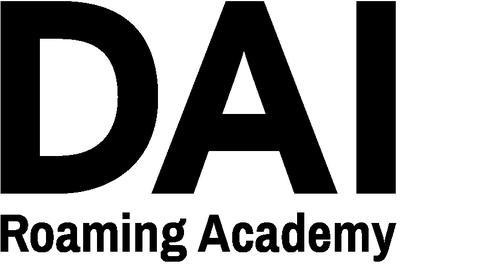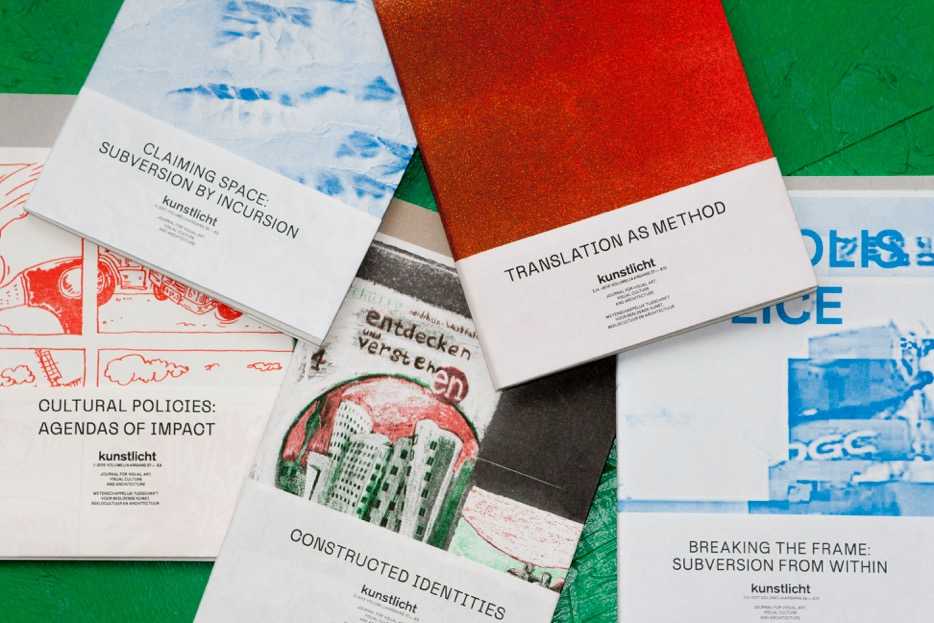Kunstlicht Vol. 39 (2018) no.1 ~ Call for Papers: Furthering, nurturing and futuring Global Art Histories? (working title) ~ Deadline proposals: 26 November 2017
Guest editor: Jelle Bouwhuis
Issue release: Spring 2018
‘Art history’ as we know it in the west is traditionally closely linked to its institutions. In various essays, American art historian Donald Preziosi has stressed the inextricable relations between art history, museography, and the modern nation-state. Art history needed archives to depart from; the museum provided such archives, and both added luster to the collective imagination of the nation-state based on the fabrication of a national (Christian) cultural past.
In recent decades, it has slowly become clear that such an art history coincided with the selective appropriation, downplaying, negation and ‘othering’ of artistic cultures that do not fit in such a constellation. Those were situated as the subject of investigation in anthropology, ethnography, and their institutions, which were likewise indebted to colonialism and its accommodating, ‘epistemic violence’ (Gayatri Spivak). After decades of self-critical analysis, and of reflecting on its epistemological foundations, art history finally seems to have found its critical compeer in the form of Global Art History (James Elkins, Hans Belting) or World Art Studies (Kitty Zijlmans, Wilfried van Damme). But has it really?
Whether this critical self-reflection was incited by the impact of neoliberalism and its global financial sprawl or by post-colonialism and its criticism of Eurocentrism, essentialism, and cultural inequality, or both; it is also a response to the intensification and diversification of art institutions and initiatives worldwide. Such initiatives now encompass a bewildering variety compared to which the global propagation of biennials and triennials of the last decades already seems traditional. Following Preziosi’s argument, what is the relation between these institutions and practices, and the Global Art or World Art History?
And perhaps more importantly: do these new art histories really clear us from the Eurocentric bias on which art history is built? For whom is art history meant, by whom is it written? What is the implicatedness of art historians, including the historians of global art? What consequences does decentering have for the practice of doing art history? And if ‘the contemporary’ is already affected by mechanisms of exclusivity (Rolando Vazquez), how can we challenge such a contemporaneity?
Aware of its own limitations as an ‘academic journal’, despite its own legacy, and despite the particular blindnesses and biases resulting from the privileged subject positions occupied by both the editorial board and the guest editor for this issue, the question Kunstlicht wants to ask is: where to go with art history/ies, and how? Beyond the obvious shift in focus from western art towards the rest of the world, or the attempts at ‘diversifying’ presentations/artists etc., what are the methods and methodologies needed for ‘globalizing’ or ‘worlding’ art histories? How can we revive art history from traditional modes of knowledge production in favour of such art histories? Can we provide art history’s often pernicious, exclusivist tendencies with some ‘decolonial options’ (Walter Mignolo)? What are the ways in which we can ‘affirmatively sabotage’ (Nikita Dhawan) art history? Are there ways in which art histories can emancipate themselves from their own epistemic violence?
Proposals (200-300 words) with attached résumés can be submitted until November 26, 2017 via redactie@tijdschriftkunstlicht.nl. Selected authors will be invited to write a 2,000-3,000-word paper (excluding notes). Papers may be written either in English or in Dutch. Authors who publish in Kunstlicht will receive three complementary copies. Unfortunately, Kunstlicht is not able to provide an author’s honorarium. Two years following publication, papers will be submitted to the freely accessible online archive.
We also welcome image-based and experimental text contributions, as well as proposals for performances and events, however without guaranteeing a stage.
Jelle Bouwhuis is a PhD researcher in modern art museums in the perspective of globalization at the Vrije Universiteit Amsterdam. He was previously curator at the Stedelijk Museum Amsterdam and manager of Stedelijk Museum Bureau Amsterdam from 2006 until its closure in July 2016.
Kunstlicht is an academic journal for visual art, visual culture, and architecture, founded in 1980. It is affiliated with the Arts & Culture department of the Vrije Universiteit Amsterdam, but operates from an independent foundation. Kunstlicht is published three times a year, and features both scholarly and artistic contributions.

